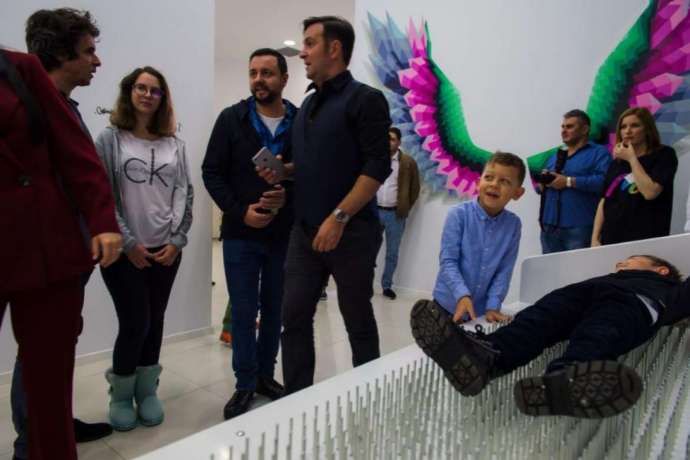March 4, 2021 - The innovative Croatian museum revolution continues. Meet Museum of Senses, born in Croatia, but expanding globally through franchise and partnership.
As a child, I visited a lot of museums. They were places of awe, wonder and inspiration. Places where I learned things, but also places where I always had a feeling that they were really for adults.
Museums in the era when I grew up were places that you could look, admire and wonder.
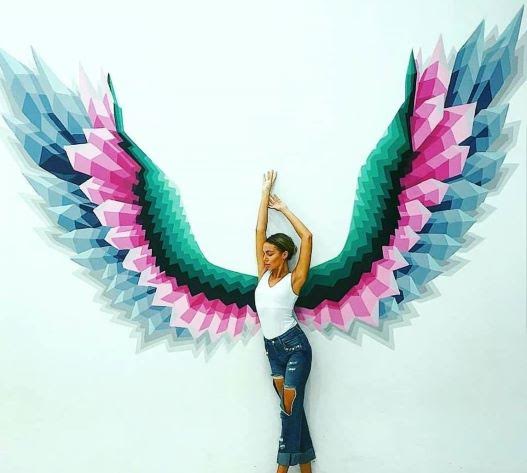
But not touch.
Look but not really experience.
How the world of museums has changed.
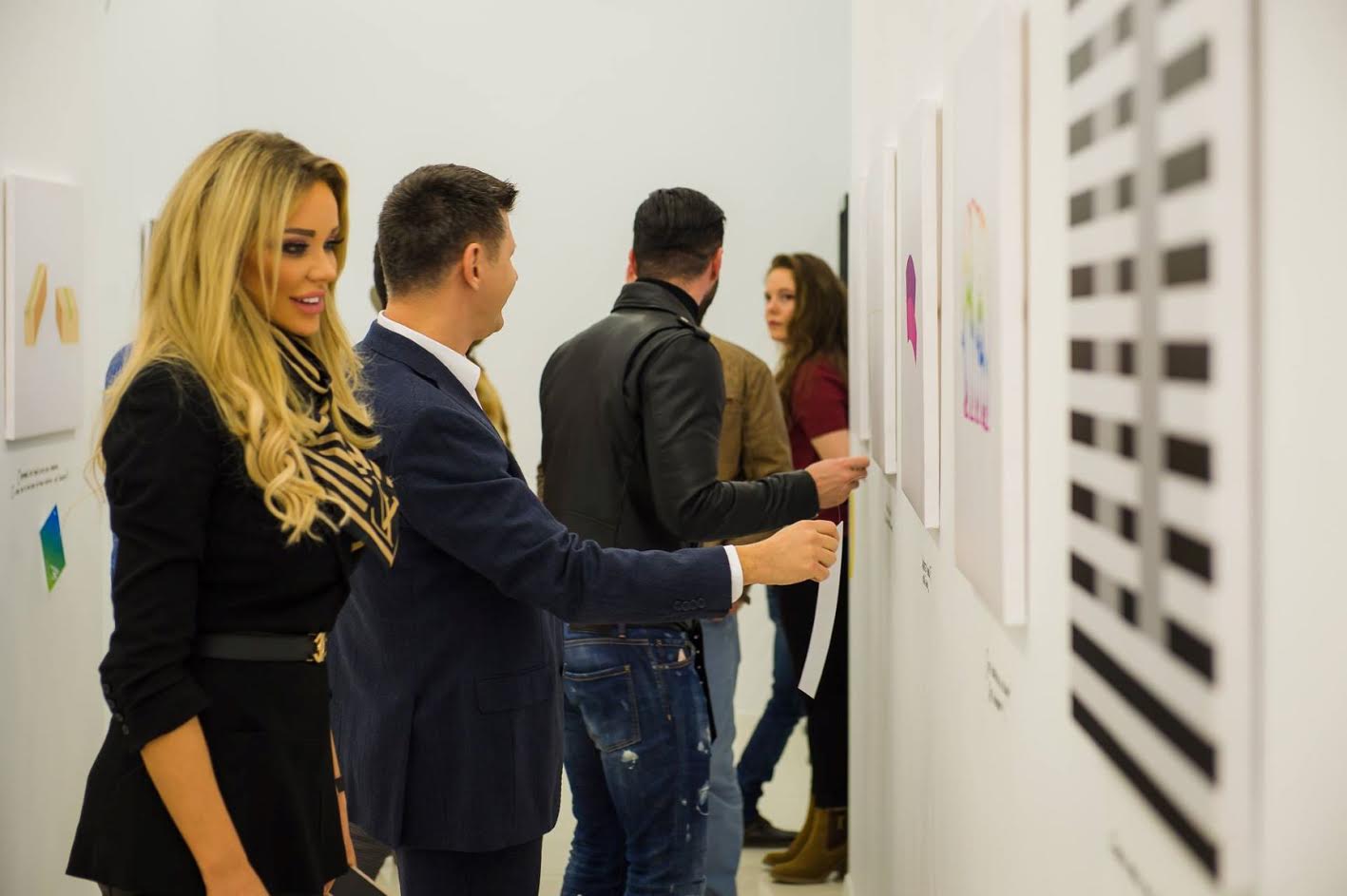
As a father going to modern museums, I am struck by the bigger focus on interaction and experience. And that focus on interaction and experience involves evoking human senses. And there is one museum concept which takes this to a higher level.
Its name, appropriately enough, is the Museum of Senses.
Born in Croatia and Slovenia with three founding partners (two Croatian, one Slovenian), the Museum of Senses blends the concepts of museum visiting and edutainment into a sensual experience quite unlike any other. With six distinct sections dedicated to the six senses of sight, sound, smell, touch, taste, and balance, the Museum of Senses provides an engaging hands-on museum experience that this former child could only dream of.
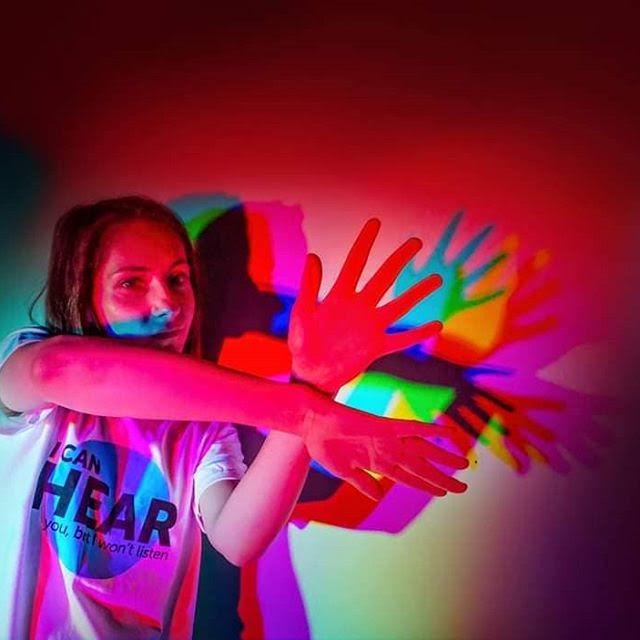
Each of the senses is associated with one of the leading colours. Colours through the zones appear in the form of light, illustration, elements of visual communication and by exhibits themselves.
By exploring their senses, visitors not only enjoy themselves, but also learn something new about their basic senses, while being tested by the power of the mind when confronted by an array of sensual concepts.
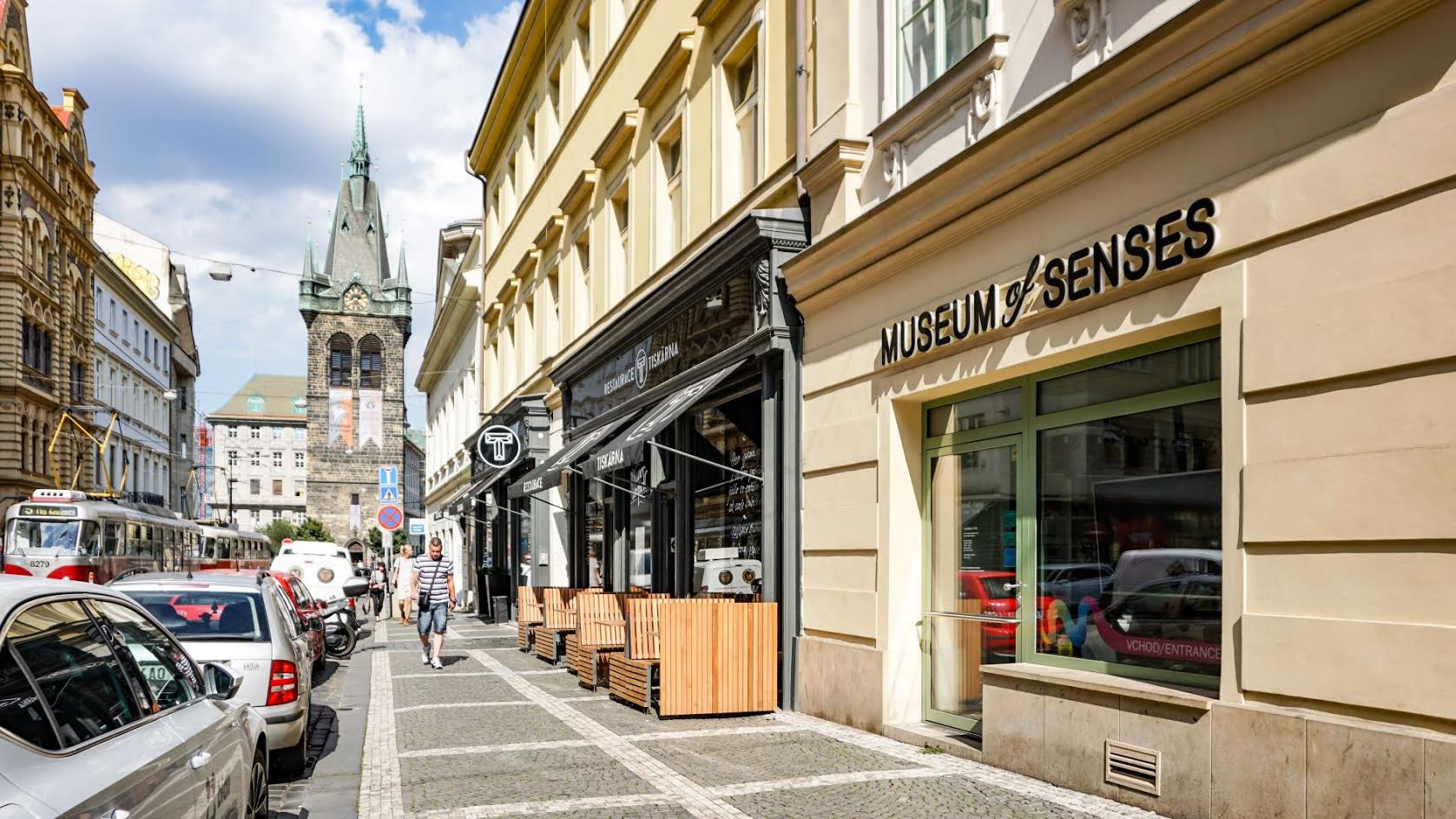
The first Museum of Senses opened in Prague in 2017, followed by Bucharest in 2018. They were immediately both popular and profitable, as well as attracting industry recognition for quality. In 2020, for example, the Prague and Bucharest museums received the TripAdvisor Best of the Best Award, which is awarded to the best in the category based on an algorithm which includes ratings and reviews.
The challenge soon emerged as to how to most effectively expand the museum concept to other parts of Europe and beyond. The answer was a relatively new concept to the museum industry, but one which is growing in popularity – franchising.
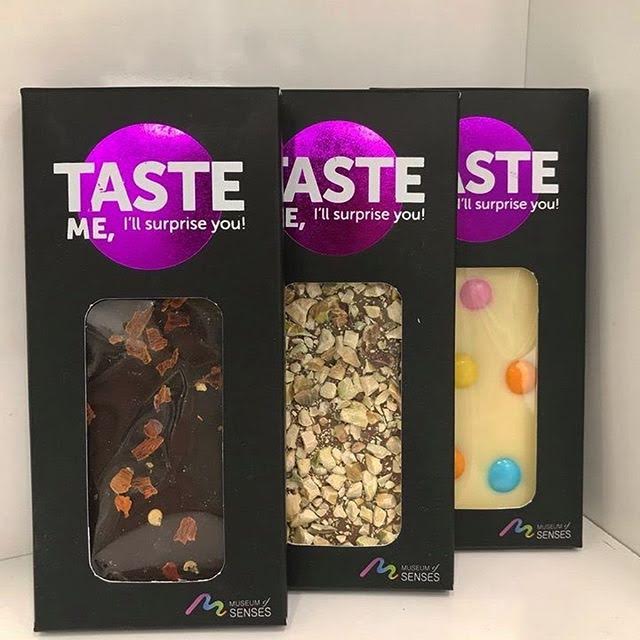
The Guggenheim Museum, which opened in 1997, was the first to experiment with the concept of museum franchising in locations such as London and Dubai, but in recent years, the concept has expanded across the museum sector, with Croatia already providing two successful models from illusions to broken relationships.
As with most things on the planet, the pandemic put those expansion plans on hold, but it also created a huge opportunity. With 2021 hosting a (hopefully) post-pandemic world, the world has changed, and the franchising conditions for the resolution of the Museum of Senses plan are looking more favourable than ever.
There are several reasons for this. Reduced rents in a remote working world, as well as a willing workforce in a global economic downturn, will have a positive effect on the bottom line. But research has also shown that one of the first sectors which will return to the 'old normal' is the edutainment and entertainment sector. People want to break free of the confinement of the last twelve months and have fun.
And fun is what the Museum of Senses offers in abundance. With a primary target group of millennials, followed by a secondary target of young families and teenagers, the Museum of Senses concept is appealing to a diverse audience, both local and tourist. Exhibits are introduced in a fun but educational way, with a sensual experience to define them.
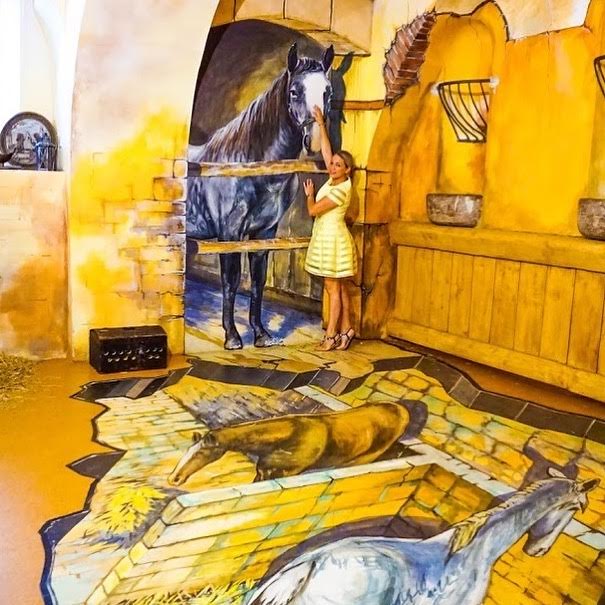
A key unique selling point of the Museum of Senses is the way it embraces local culture and traditions into its exhibits, thereby making each location unique. For example, one museum location is located in a former stables 150 years ago, and so there is a balance feature with artwork to reflect the historical reality.
Museum of Senses is based on five key concepts: interactive engagement in the exploring of the six senses; design and concept reduced to a basic level to reach the widest possible audience; visual design, enticing enough for social media promotion and sharing; that focus on local culture to develop a unique experience; and a flexible approach to branding and commercial partners, who can be brought into be a part of an exhibition (examples being Skittles, Coca Cola and Huawei), rather than remaining a mere sponsor.
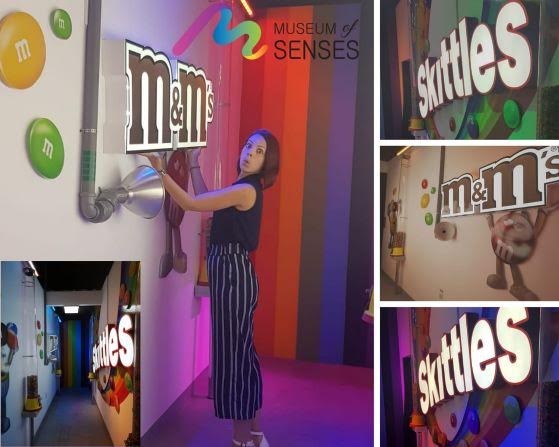
New franchises and partnerships are also undergoing due diligence in several cities worldwide.
According to Dejan Grbic, managing partner of Museum of Senses, speaking at the TGFM webinar “Emerging Franchise Brands for the New Year” last month (see the video below – Grbic's presentation starts at 17:30), the Museum of Senses franchise is an excellent opportunity, and the timing could not be better.
(Museum of Senses franchising presentation starts at 17:30)
The flexible franchise model involves light management after the initial focus of expert assistance in location sourcing, design and set up. Standard museums need an area of 500m2, but the concept is flexible enough to work in areas as small as 300m2 and up to 1000m2. The pandemic spawned an additional concept which works well in shopping malls, for example – the pop-up temporary museum.
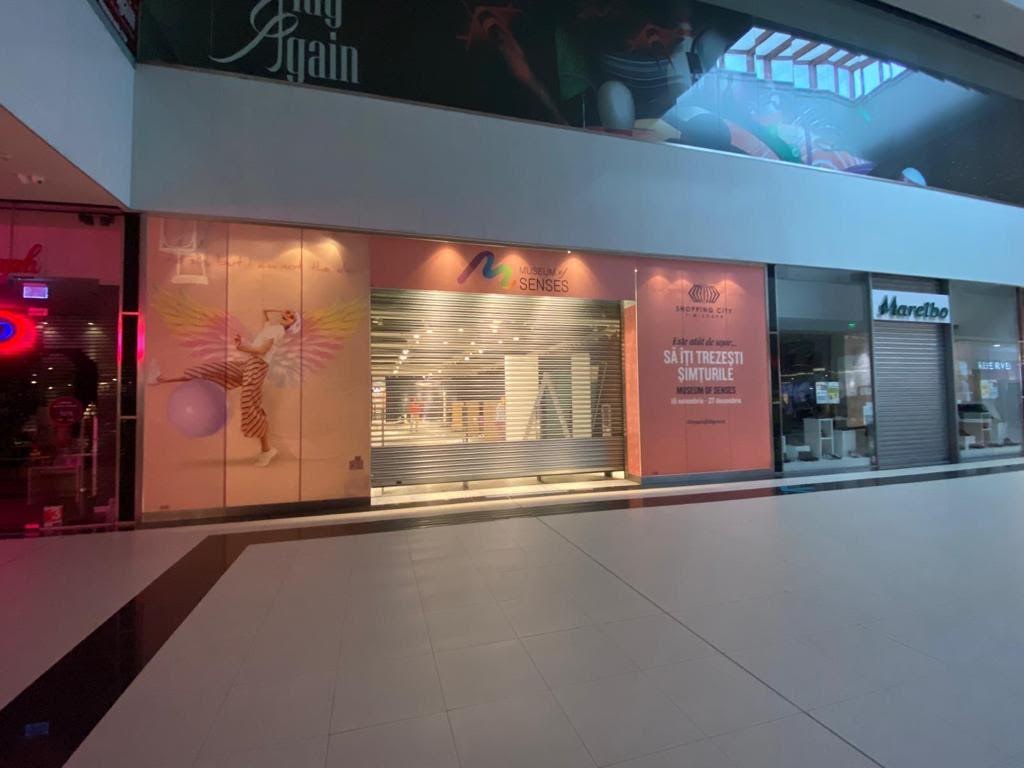
Revenues for a standard location are in the region for US$1 million a year ($1.5 million for a more prime location), based on a ticket price of US$10, with return on investment around 6-12 months.
Grbic says that the concept works for a number of reasons. Its unique local approach to its exhibits sets it apart; there is a set of diversified sales channels, which appeal to both local and tourist; the wider net of tourism and the hospitality sector, schools, even birthday parties; lots of free media and PR in the form of social media, TripAdvisor and similar platforms; and that flexible, light management mentioned above.
The concept of edutainment in the museum industry is still fairly new, and the fresh approach of Museum of Senses to the museum market is certainly fresh and on the path to success.
I look back to the museum child that I was, and I wish them every success and with a little envy. Back when I was a child, the only sense that I could use at a museum was sight. How inspiring it must be to visit a museum and test the limited of sight, sound, touch, hearing, taste and balance.
For more information about Museum of Senses, either as a visitor or a potential franchisee or partnership, visit the official website here.

